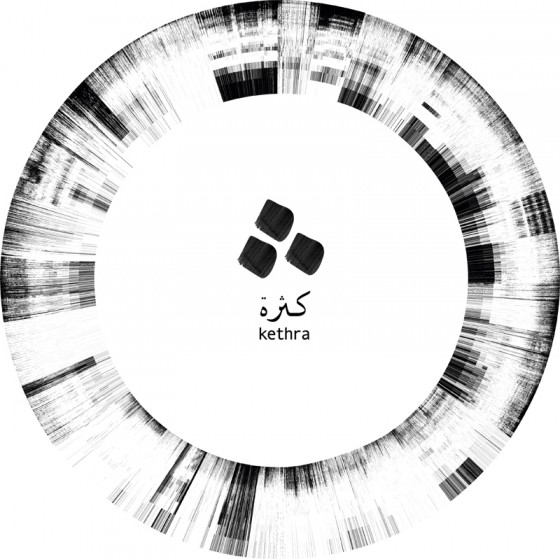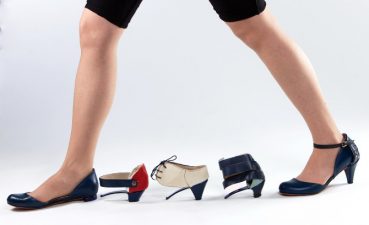 Kuwait is making its debut at the 13th Venice Biennale this year, and they’re doing so with some serious style. The pavilion features a cavernous industrial space interrupted with dangling speakers, orange cushions and abandoned master plans, and it was commissioned by the National Council for Culture, Arts and Letters (NCAA).
Kuwait is making its debut at the 13th Venice Biennale this year, and they’re doing so with some serious style. The pavilion features a cavernous industrial space interrupted with dangling speakers, orange cushions and abandoned master plans, and it was commissioned by the National Council for Culture, Arts and Letters (NCAA).
Unlike many of the exhibits on display as part of this year’s “Common Ground,” Kethra, curated by Zahra Ali Baba, takes a bold, multidisciplinary look at the social stagnation that has emerged since the nation first stumbled upon oil. This pavilion even received a special mention from Paolo Baratta – the Venice Biennale president. 
Kethra means abundance or surplus – something that Kuwait and other oil-rich Gulf nations understand well. But the centralized distribution of wealth following the discovery of oil has had some unintended consequences – something that the Kuwaiti pavilion explores through a fascinating manipulation of sound and space.
The speakers that dangle from wooden rafters issue a series of radial sounds in sequences, each of which represents some aspect of Kuwait’s urban life -namely domestic, public, periphery, void, worship, government, Diwaniya and parliament.
 While absorbing these carefully-constructed sounds, the exhibit’s participant can either wander along the walls that are decorated with a host of abandoned drawings and plans originally designed to shape Kuwait’s post-oil urban development, or they can relax on cushions – in the way that Kuwaitis, traditionally, have always done.
While absorbing these carefully-constructed sounds, the exhibit’s participant can either wander along the walls that are decorated with a host of abandoned drawings and plans originally designed to shape Kuwait’s post-oil urban development, or they can relax on cushions – in the way that Kuwaitis, traditionally, have always done.
Baratta is astonished by the Kuwaiti team’s creativity and professionalism, according to the Kuwait News Agency, and claimed the biennale’s organizers are very pleased with the Gulf country’s participation in the event.
Egypt is the only other Middle Eastern or North African country to take part; more on that later (hint: observers are more than a little disappointed.)
 “The socio spatial typologies emerging from a culture of gathering can be traced back to pre-oil Kuwait,” according to the Kethra brief. “Increasing in density by a welfare state economy, these local habits of information gathering and distribution are registers of a critical condition between abundance and overflow.”
“The socio spatial typologies emerging from a culture of gathering can be traced back to pre-oil Kuwait,” according to the Kethra brief. “Increasing in density by a welfare state economy, these local habits of information gathering and distribution are registers of a critical condition between abundance and overflow.”
Kethra is an expansive gesture, a map of potential proximity and accessibility, influencing scenarios of rapid change.
How refreshing, given the cultural attacks underway in Egypt and Tunisia, to see such a smart and slightly political approach from the Arab world to the resource curse so often associated with oil and other natural resources.





Comments are closed.